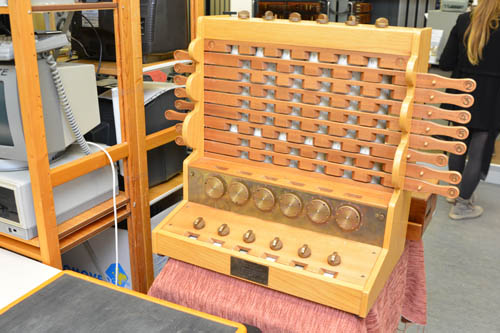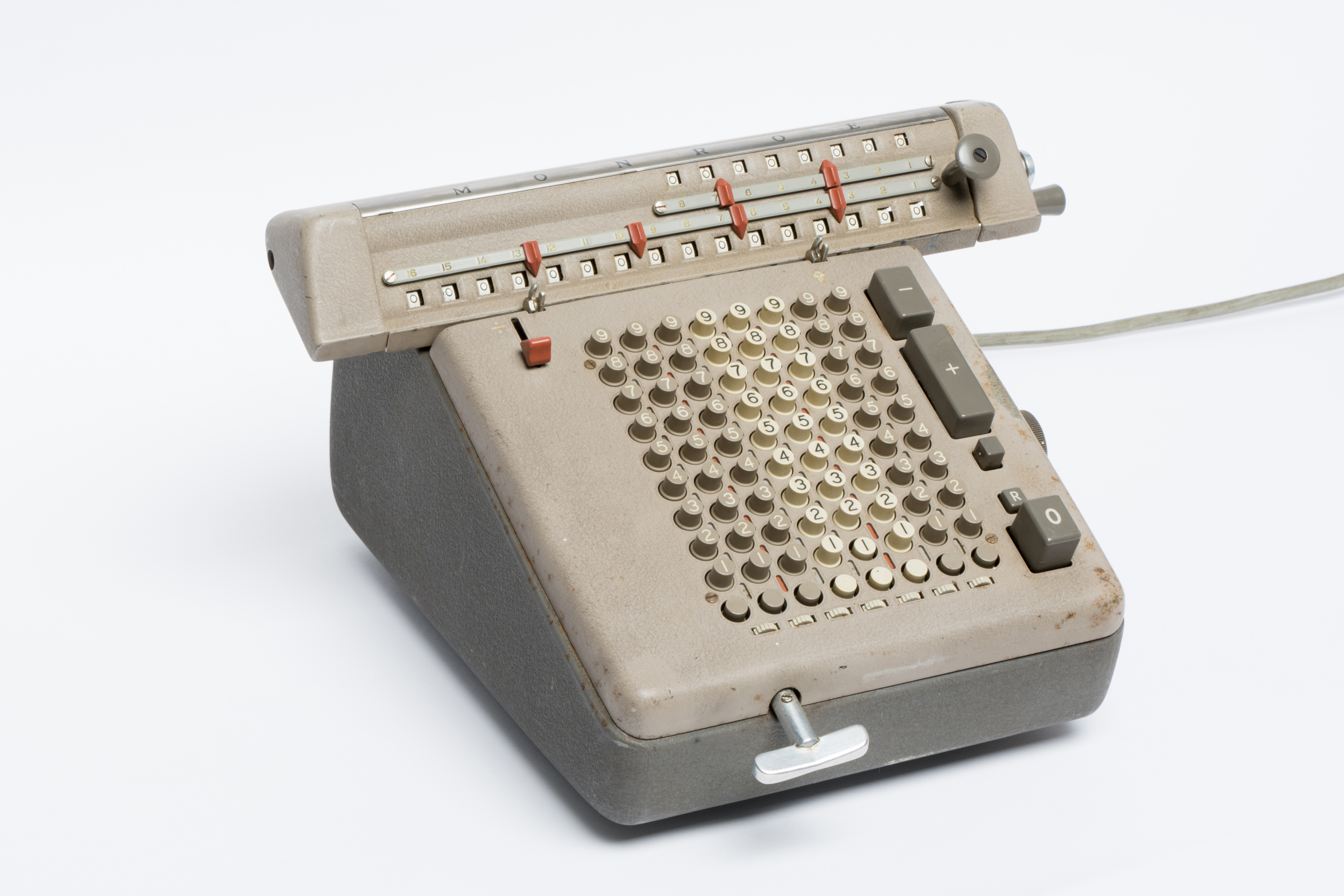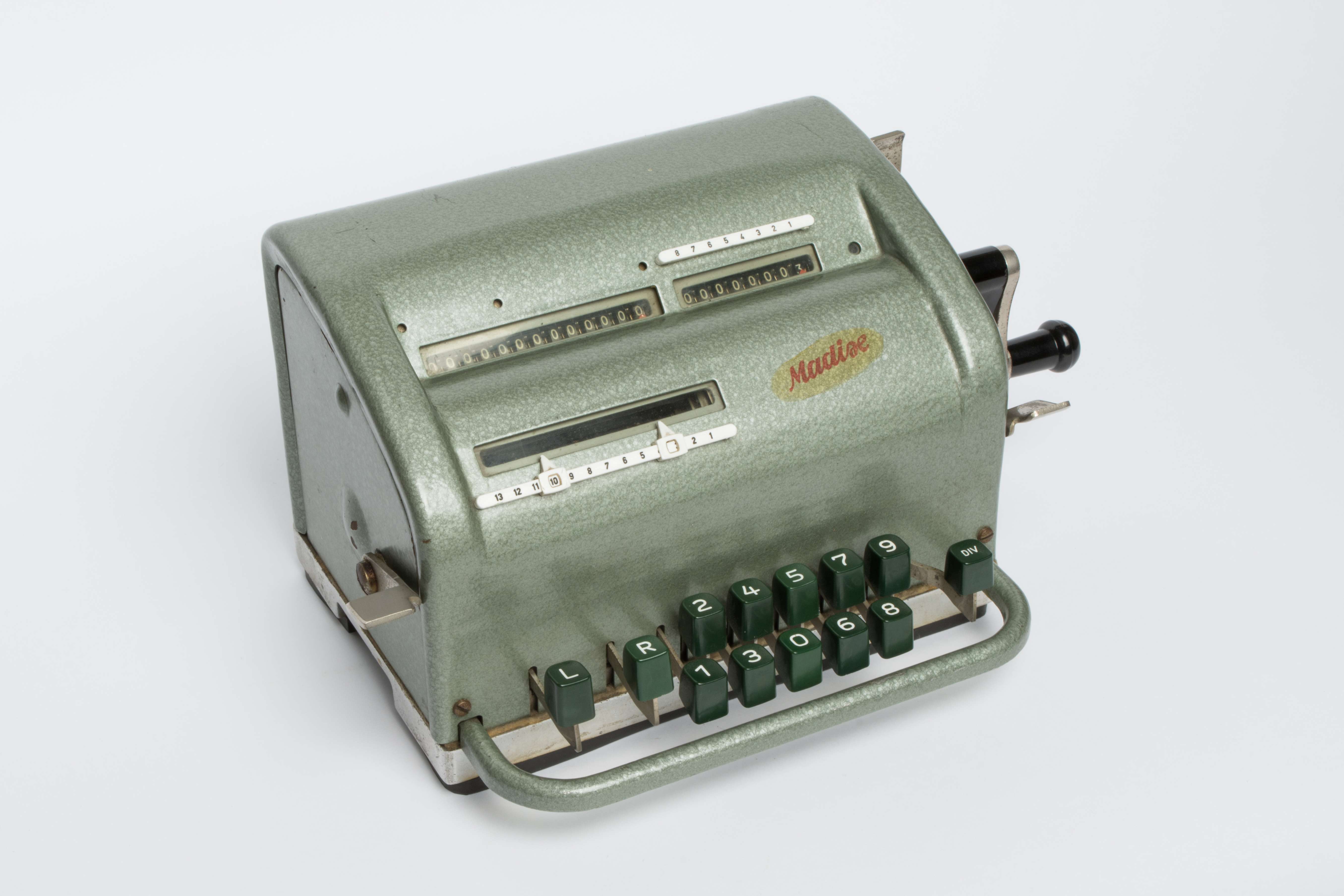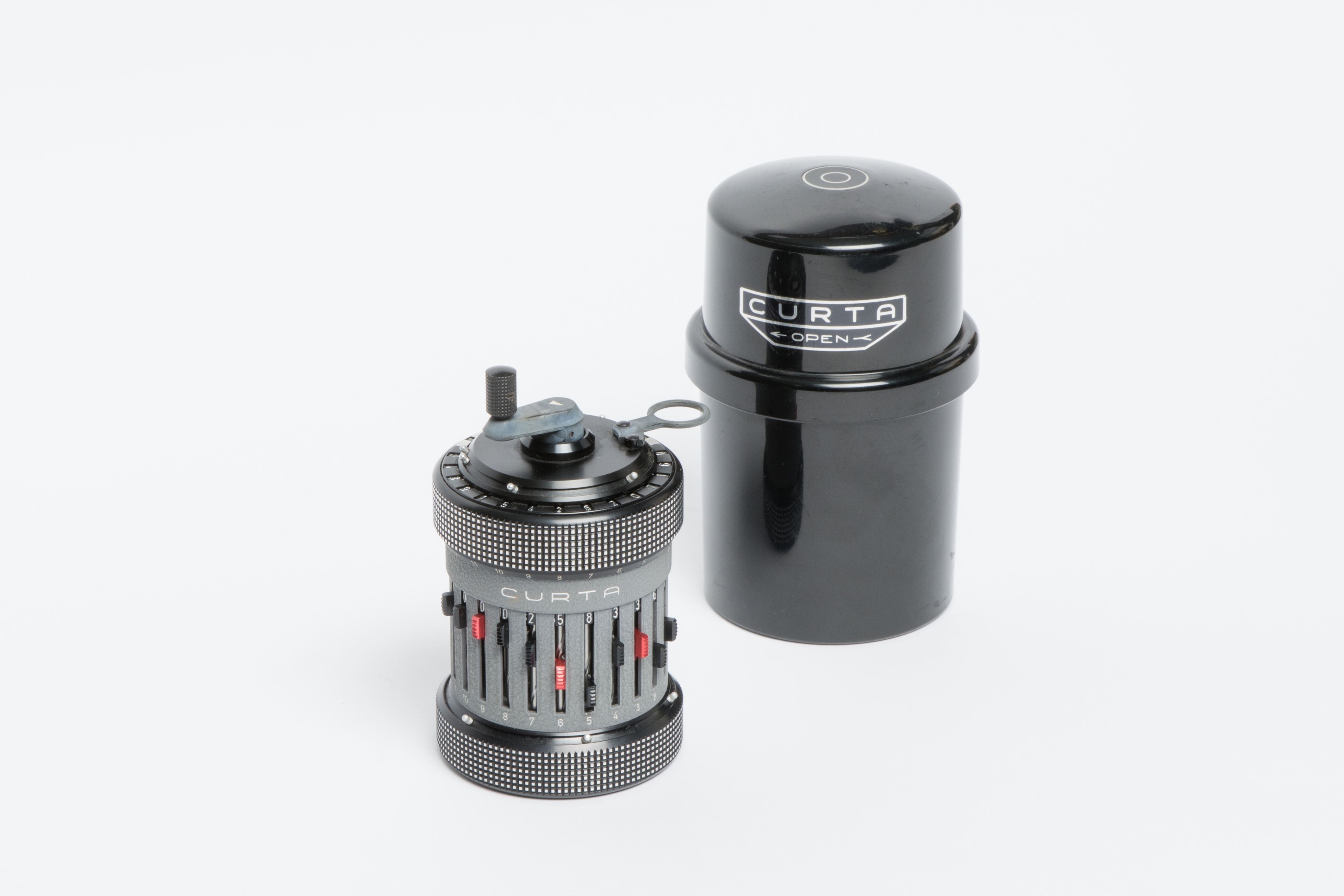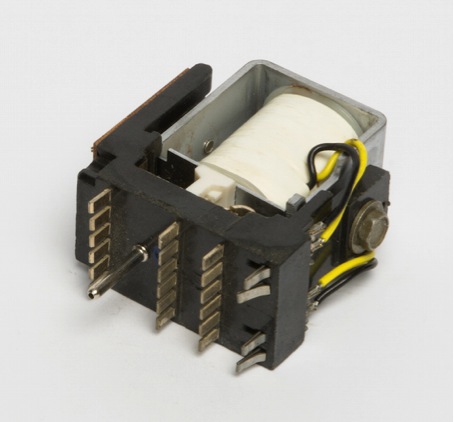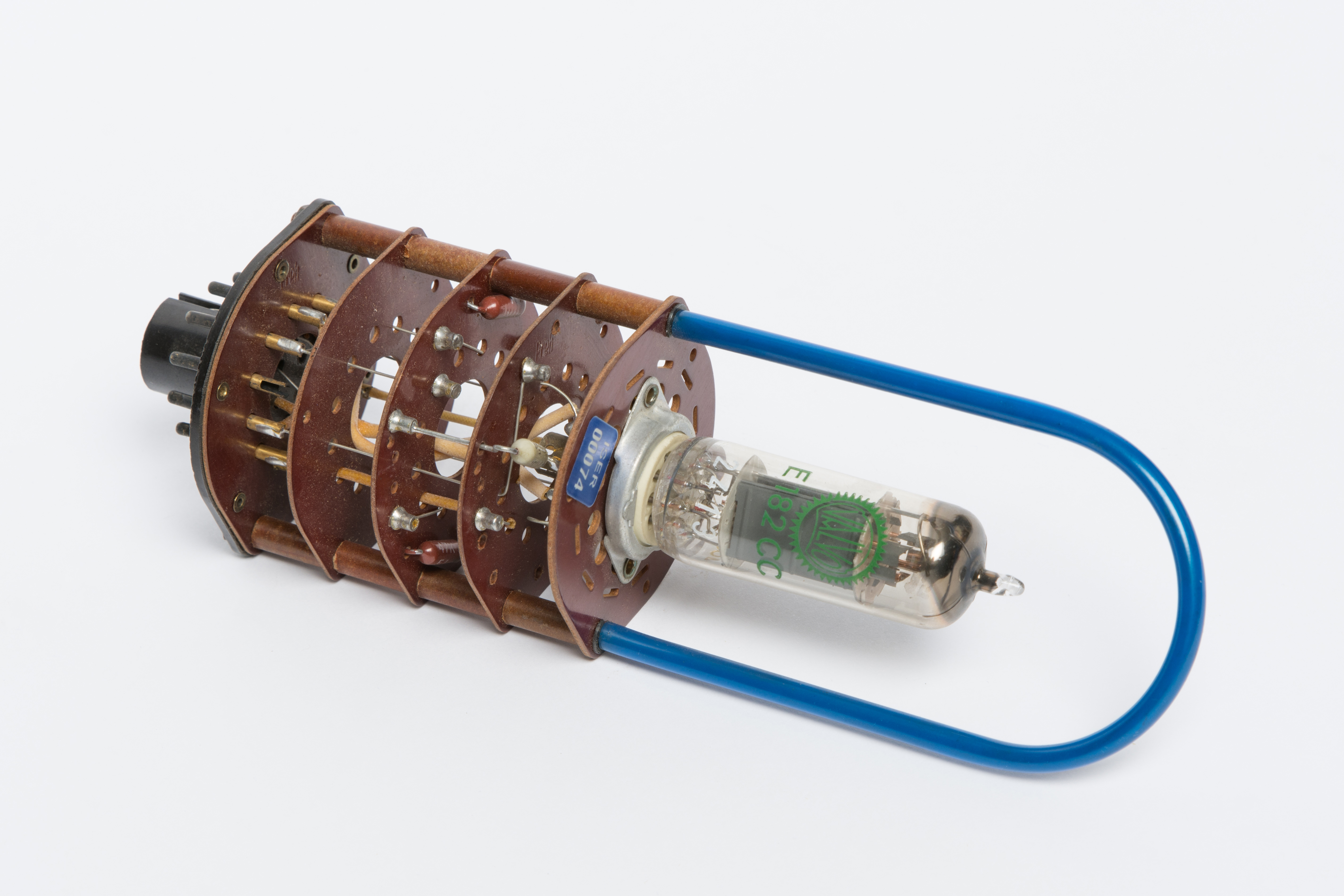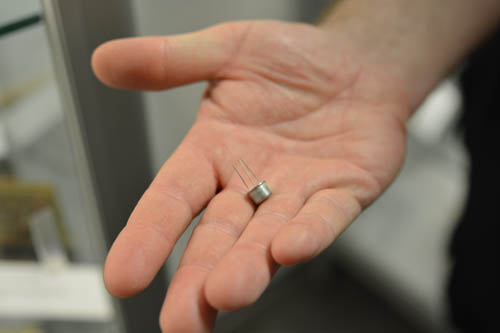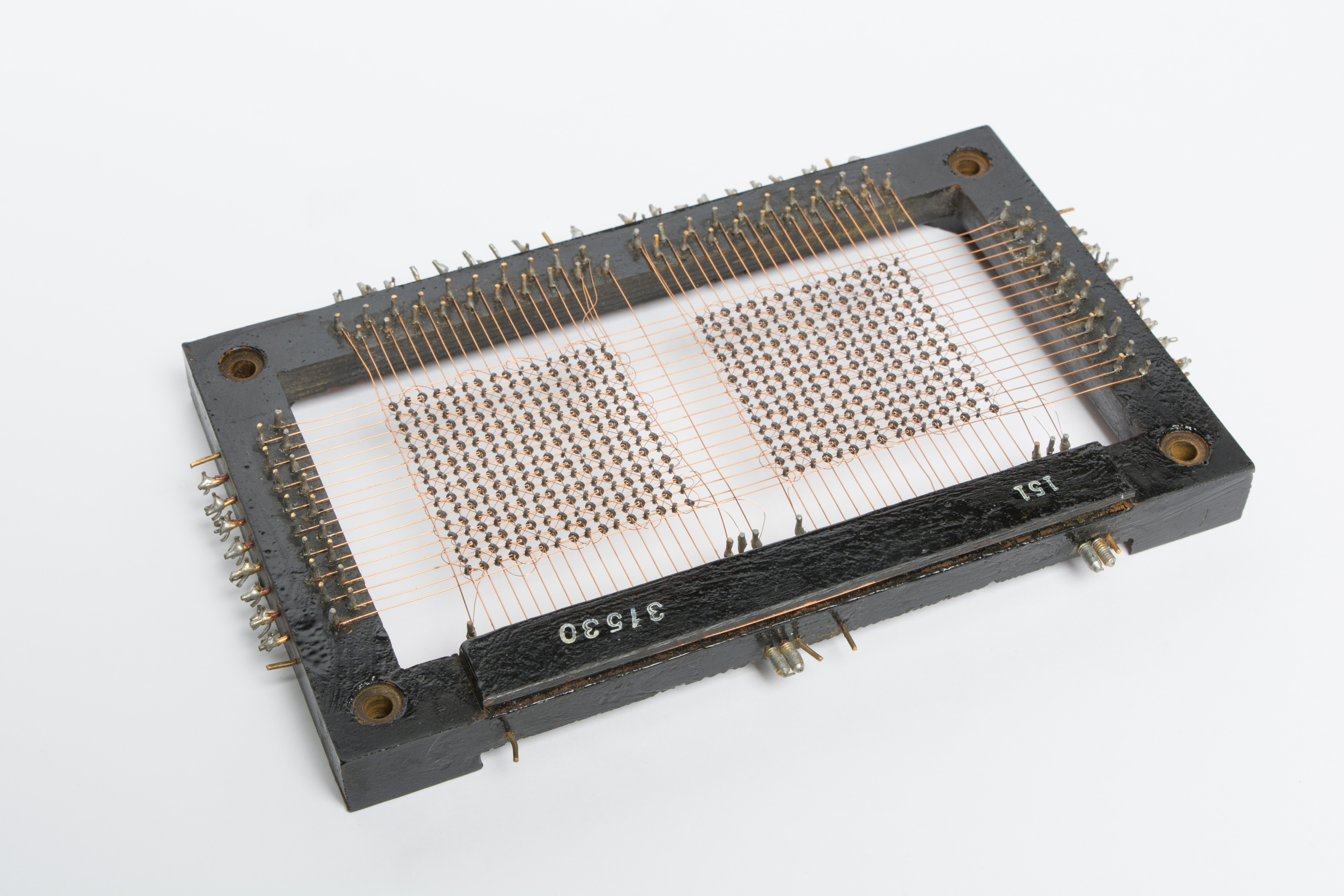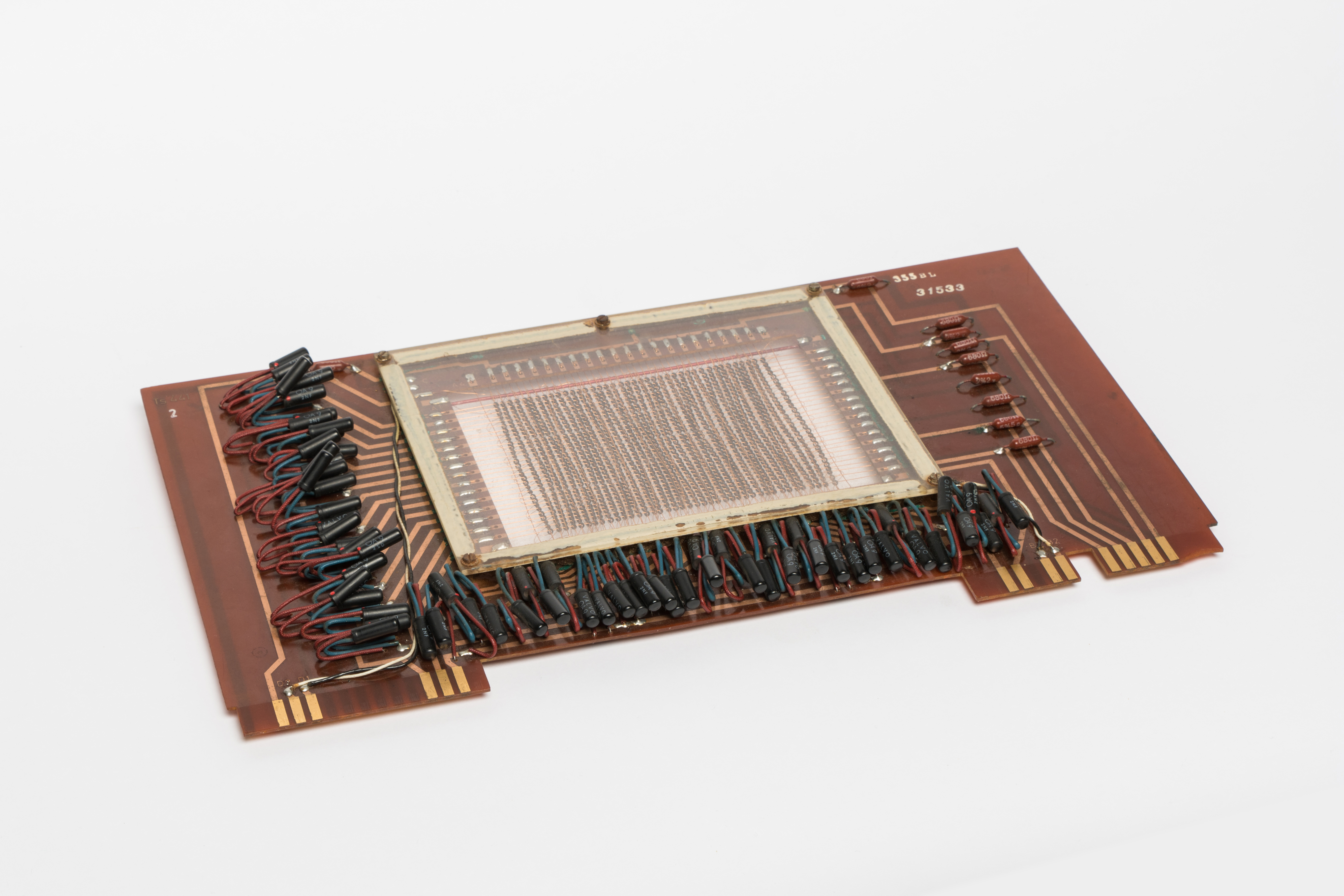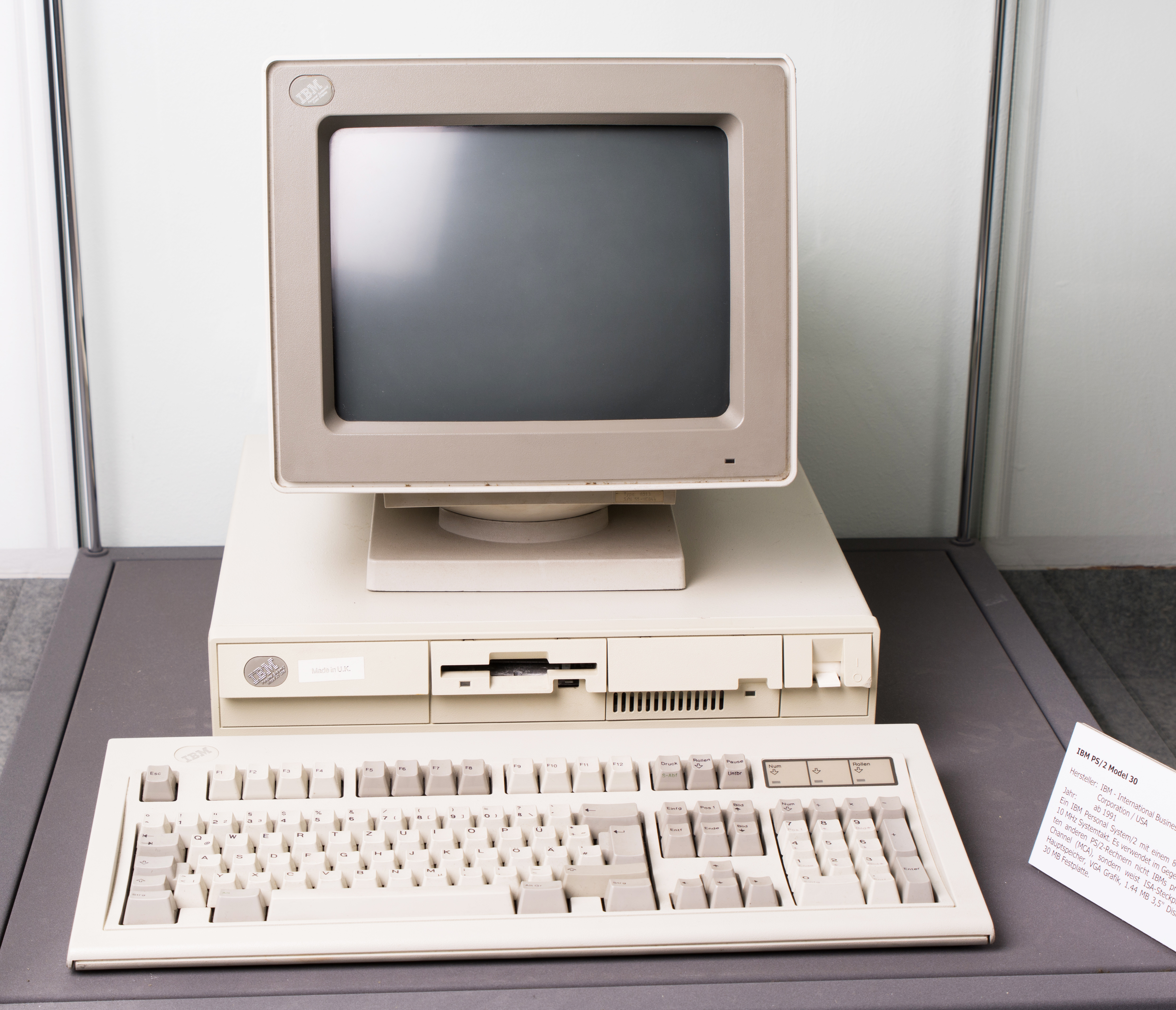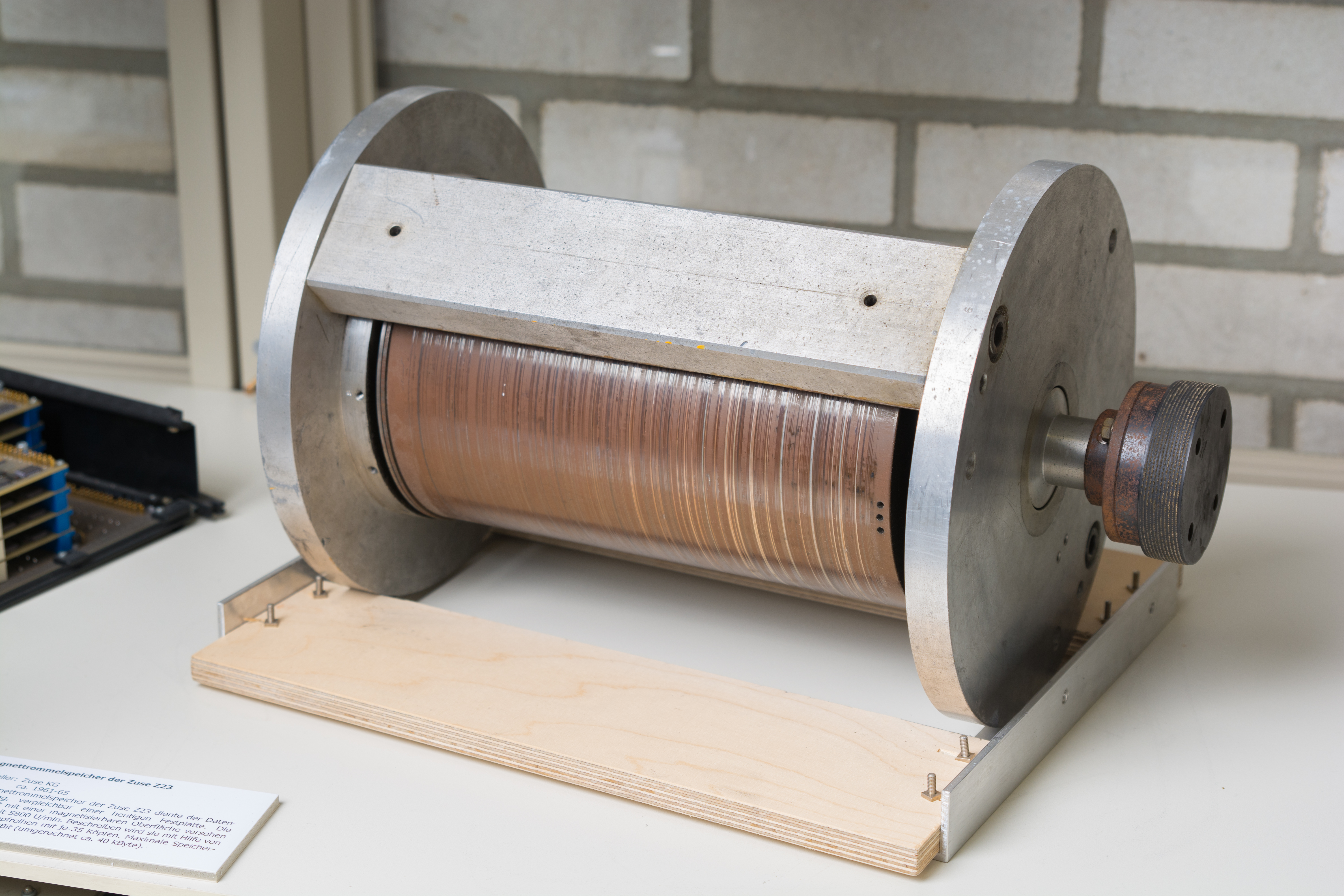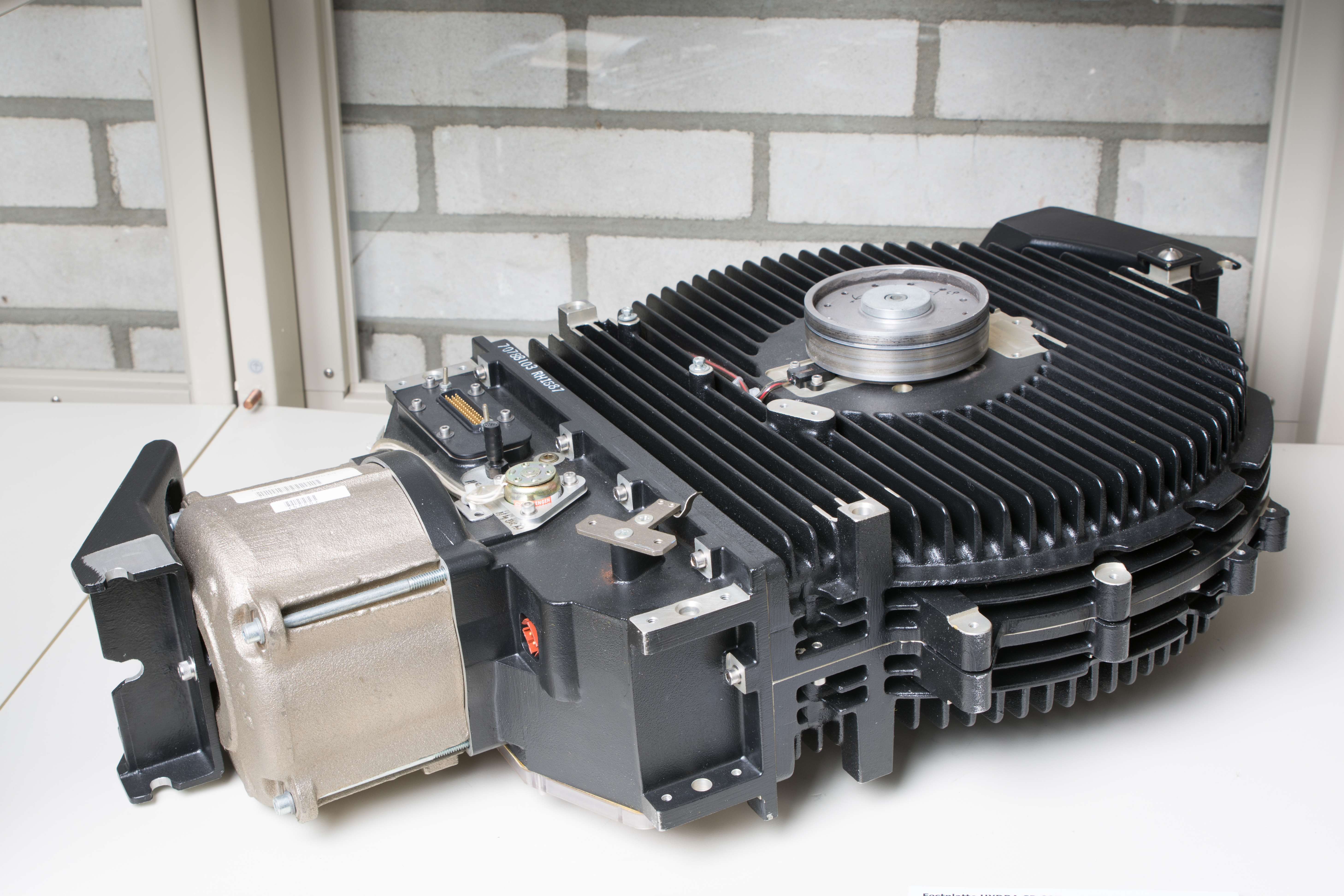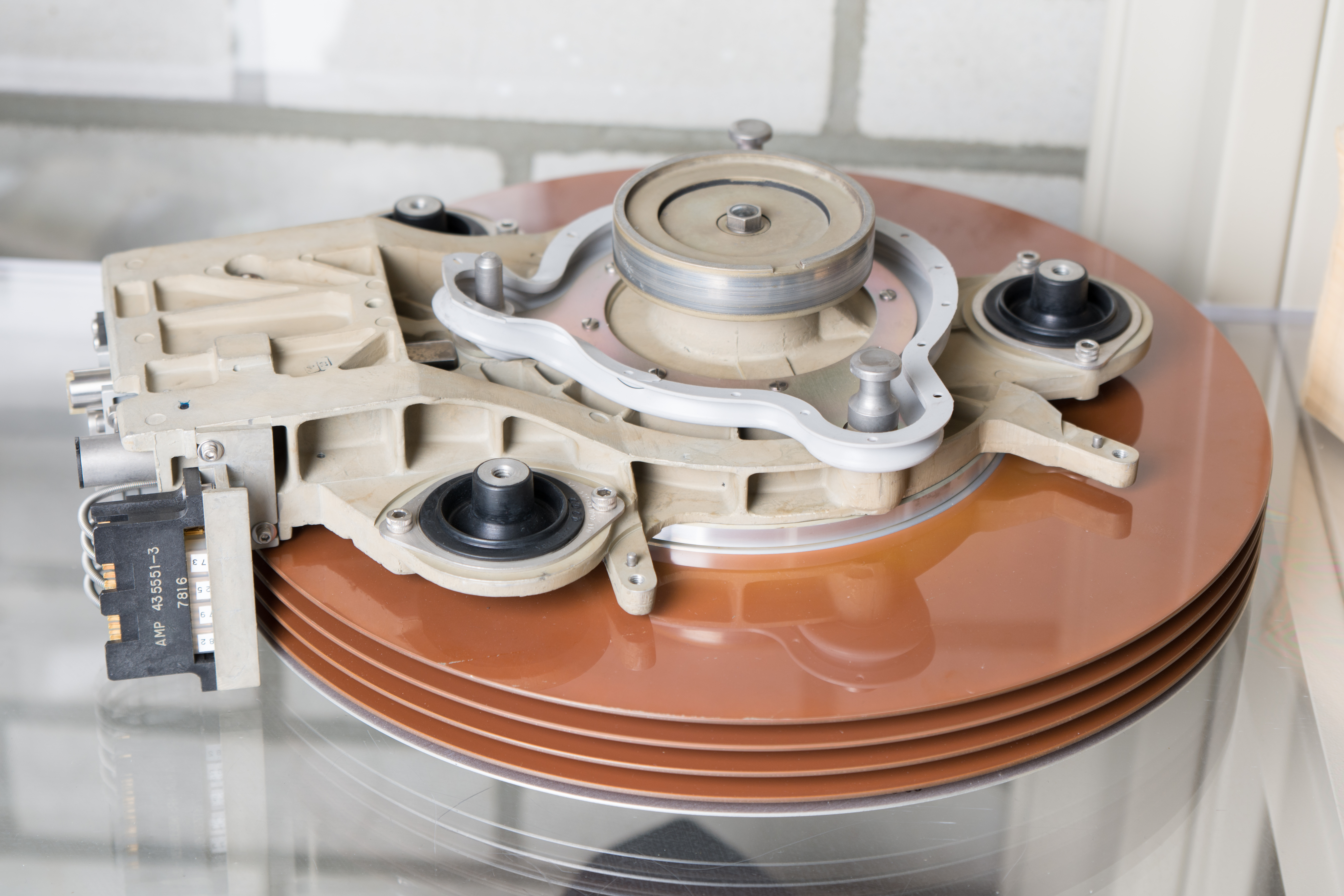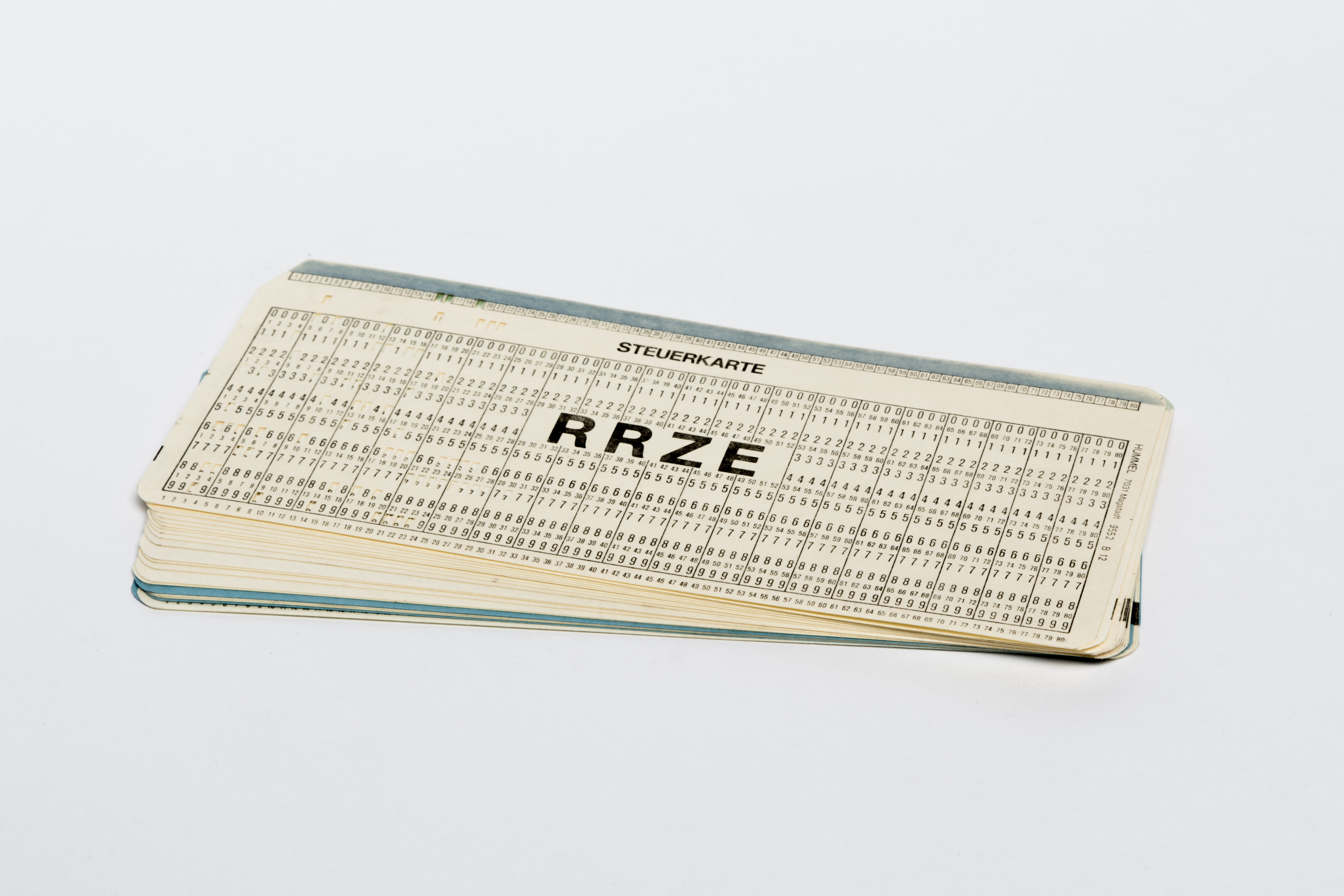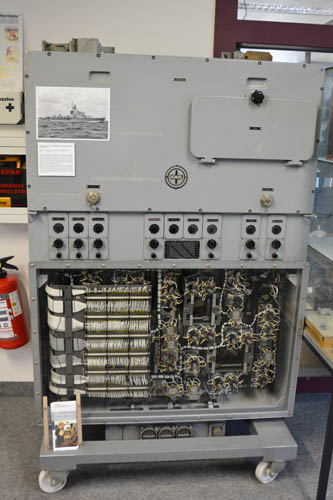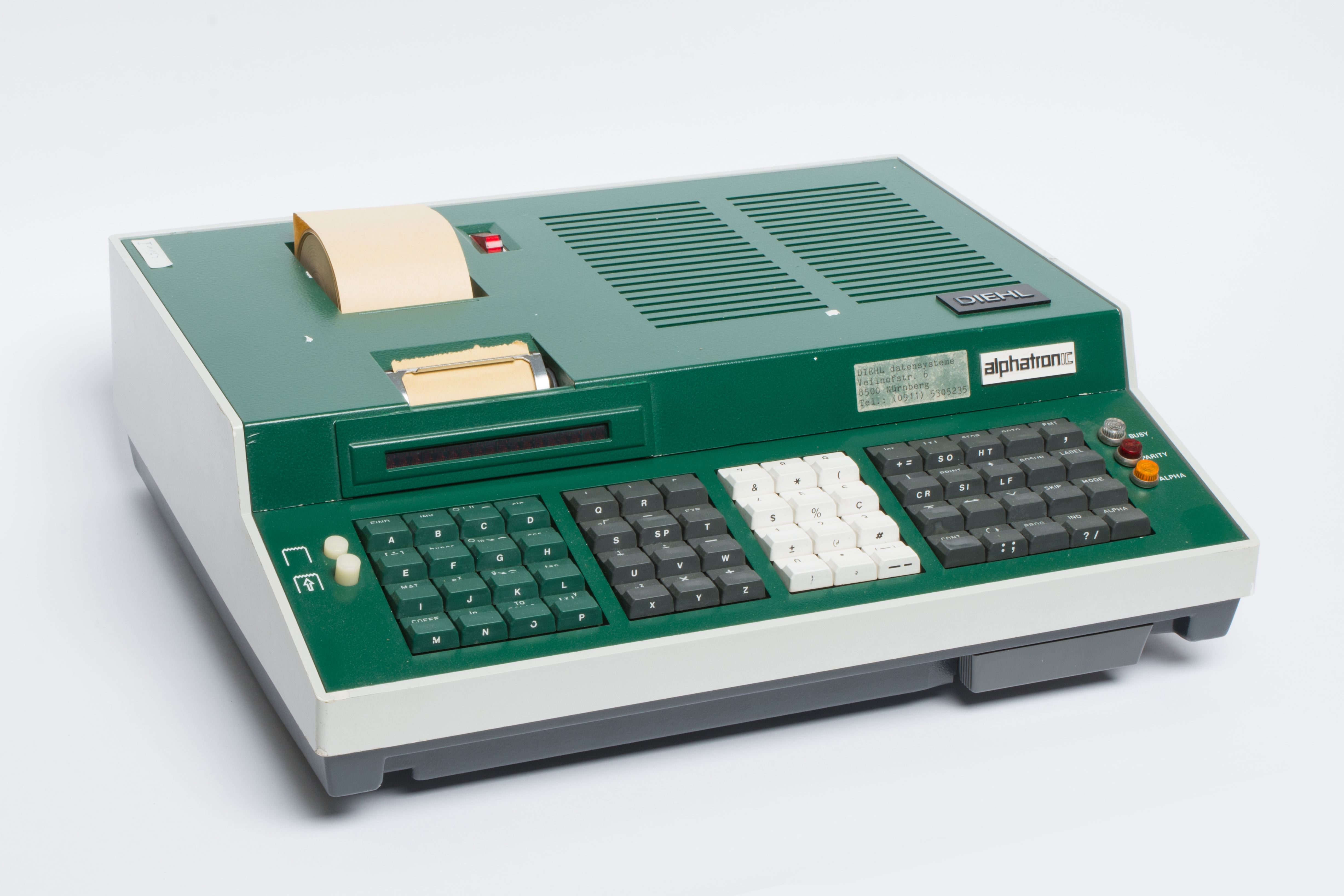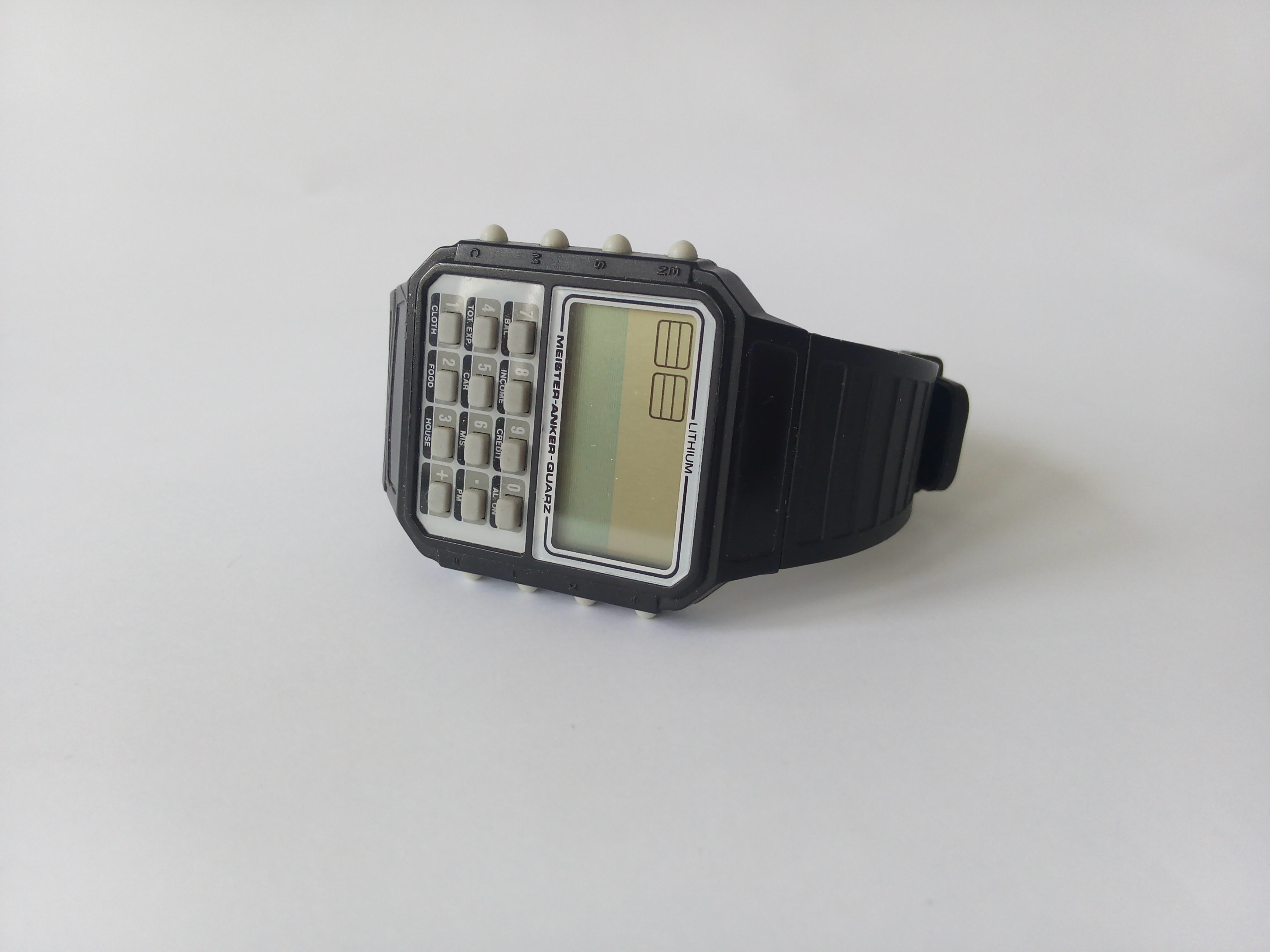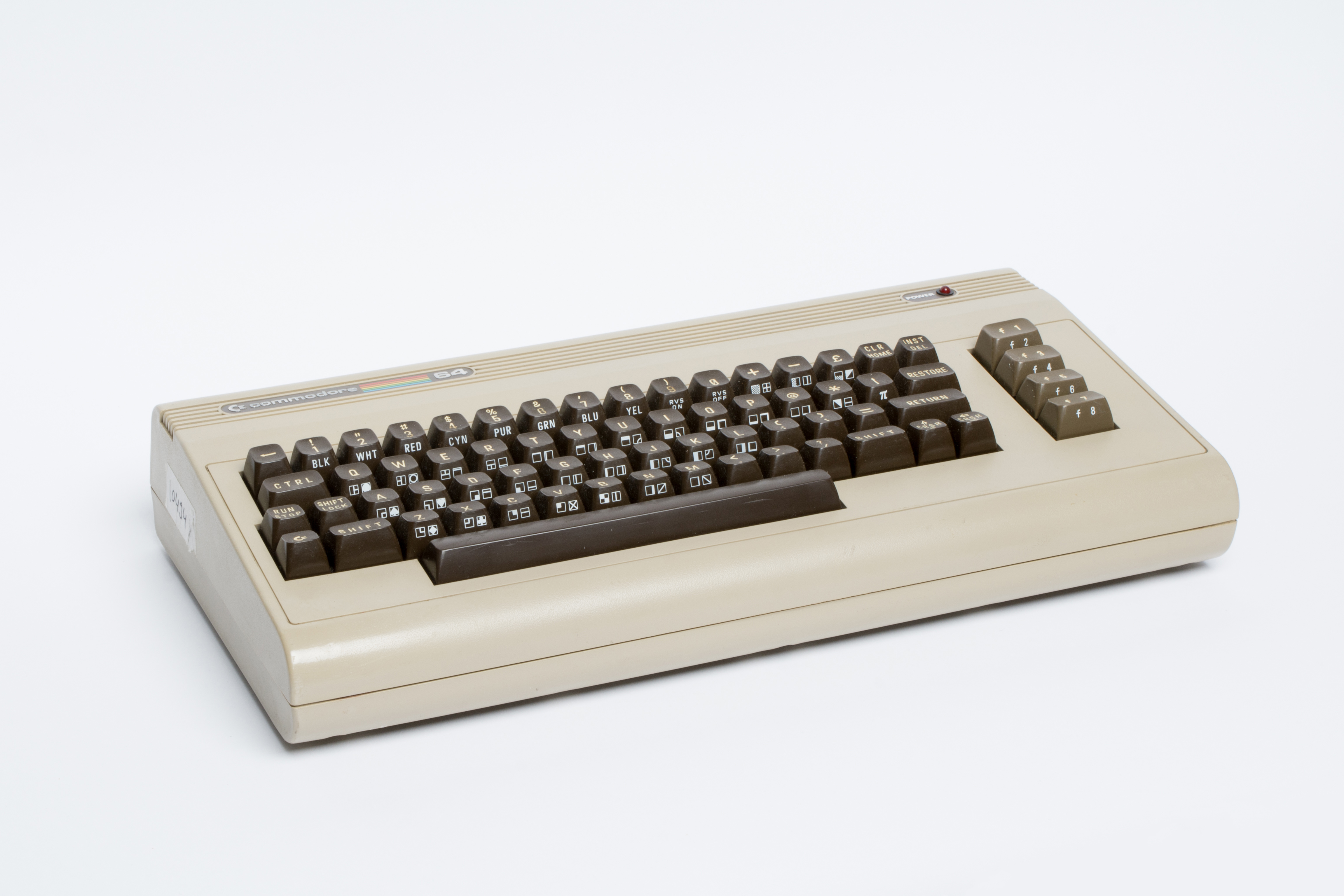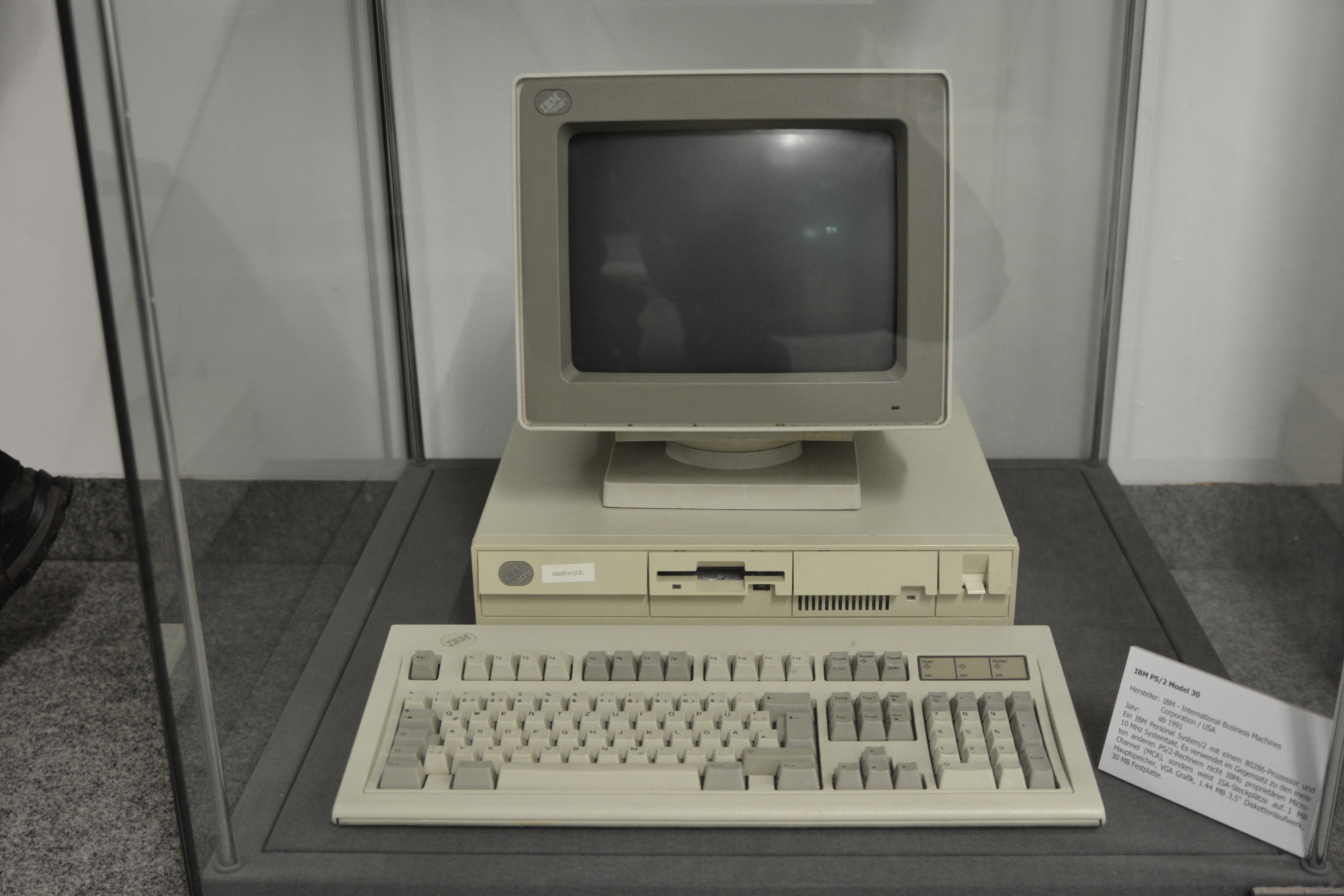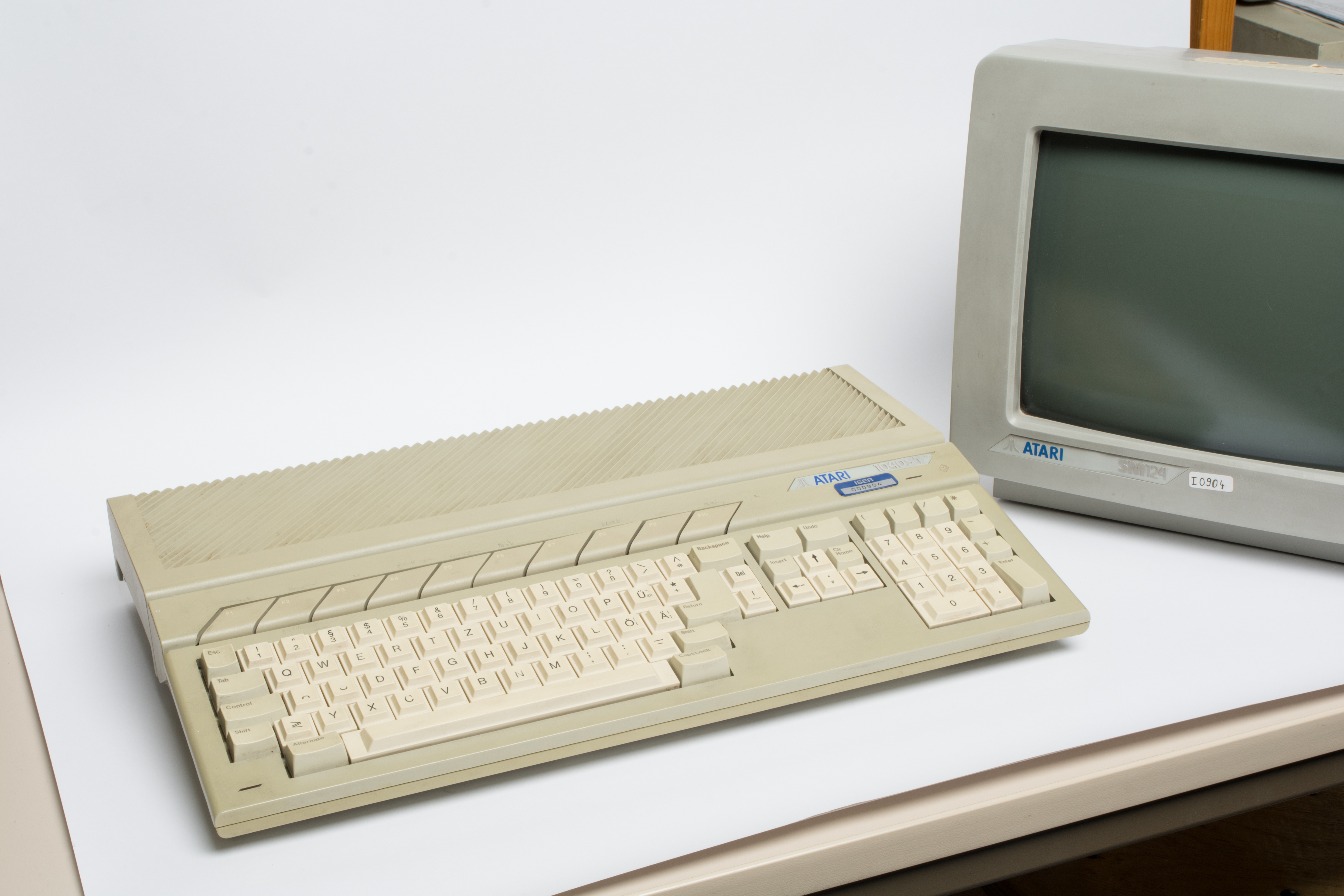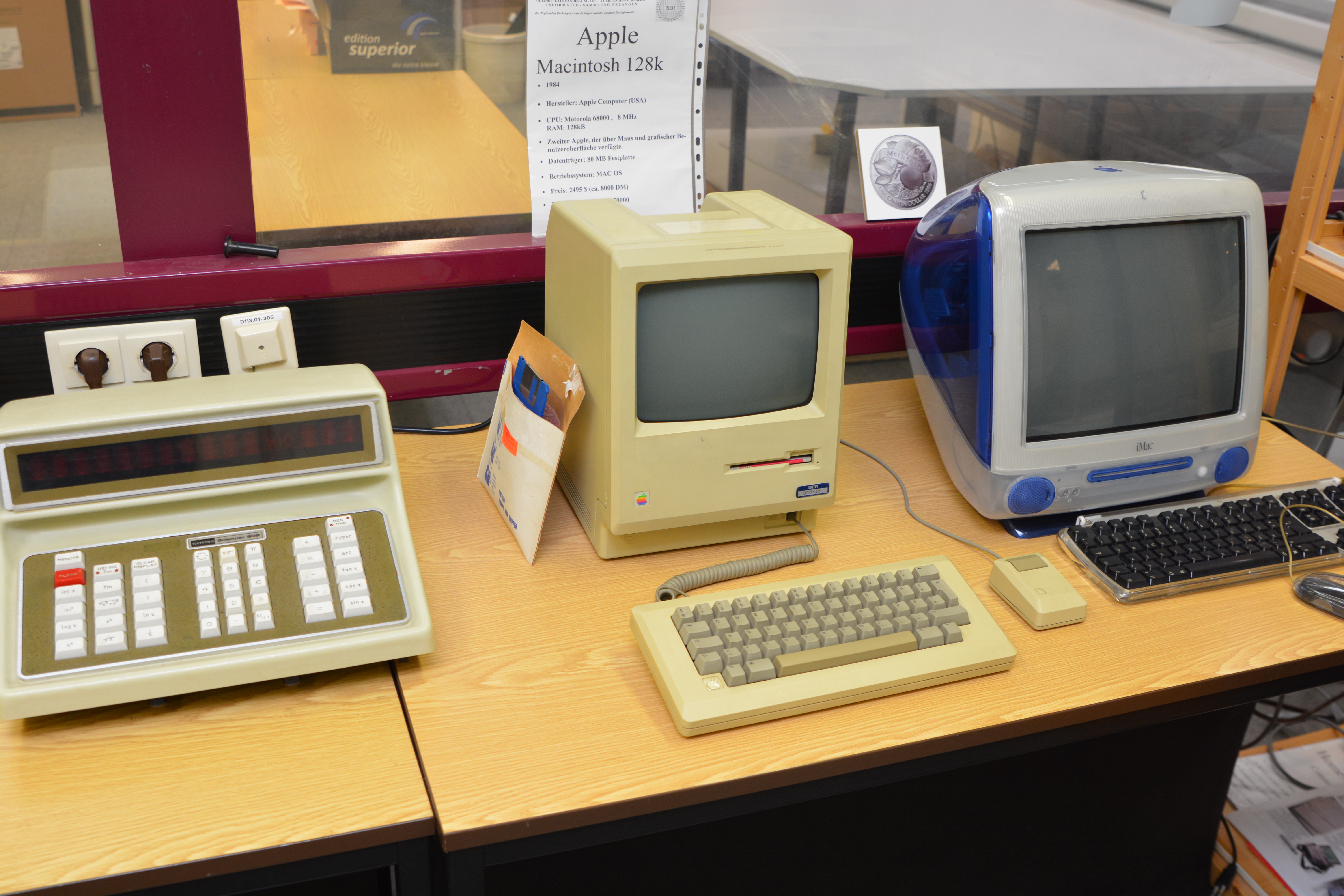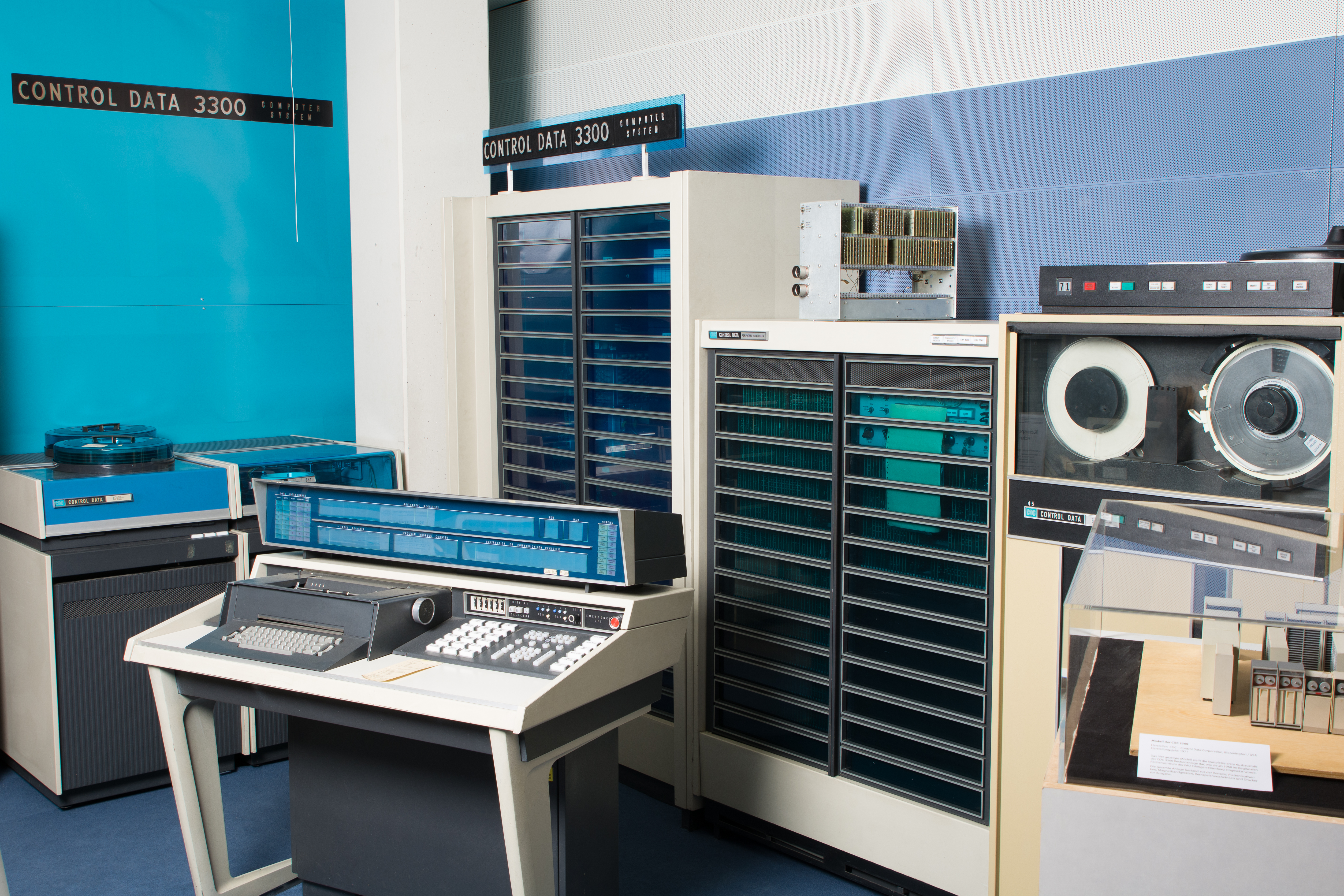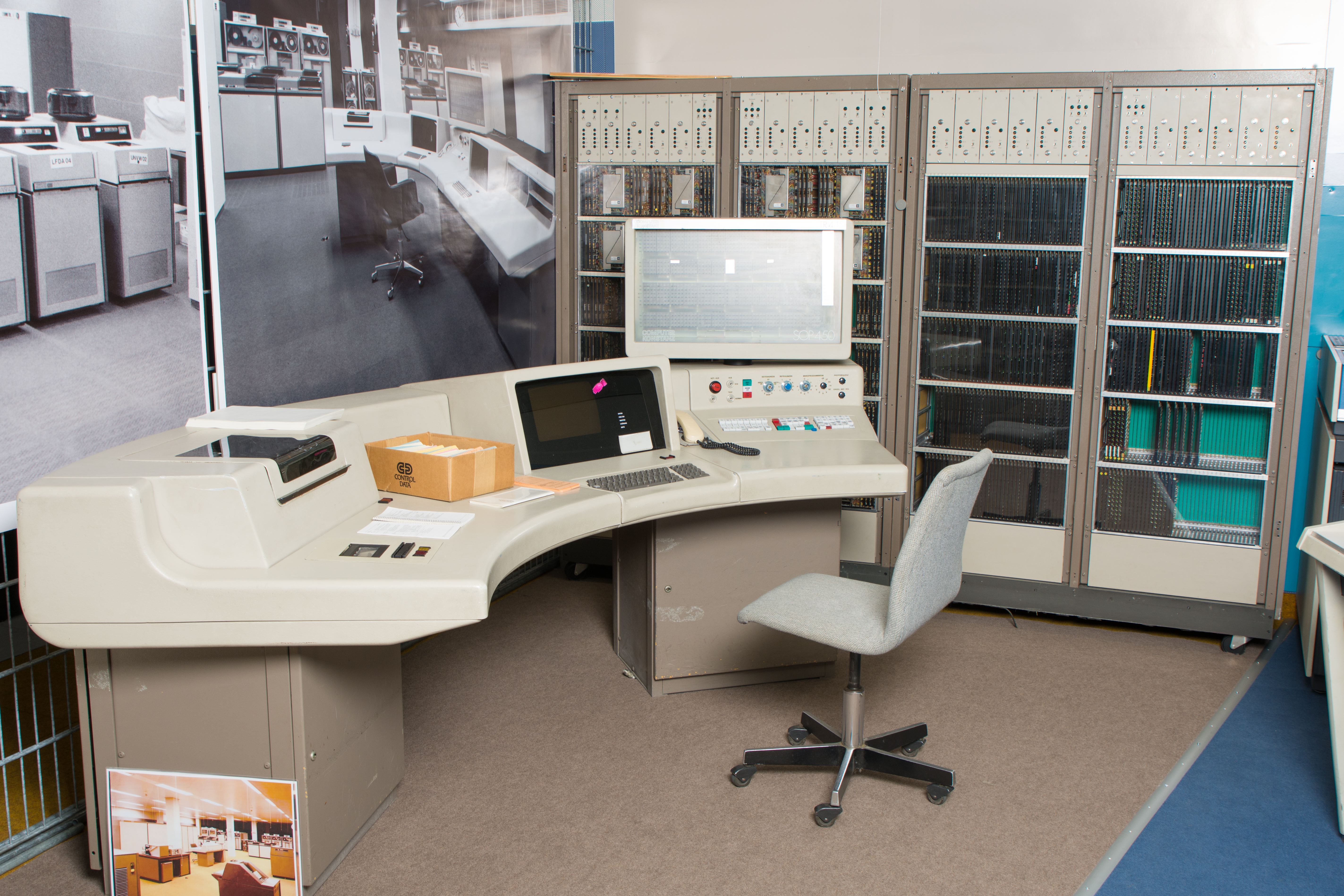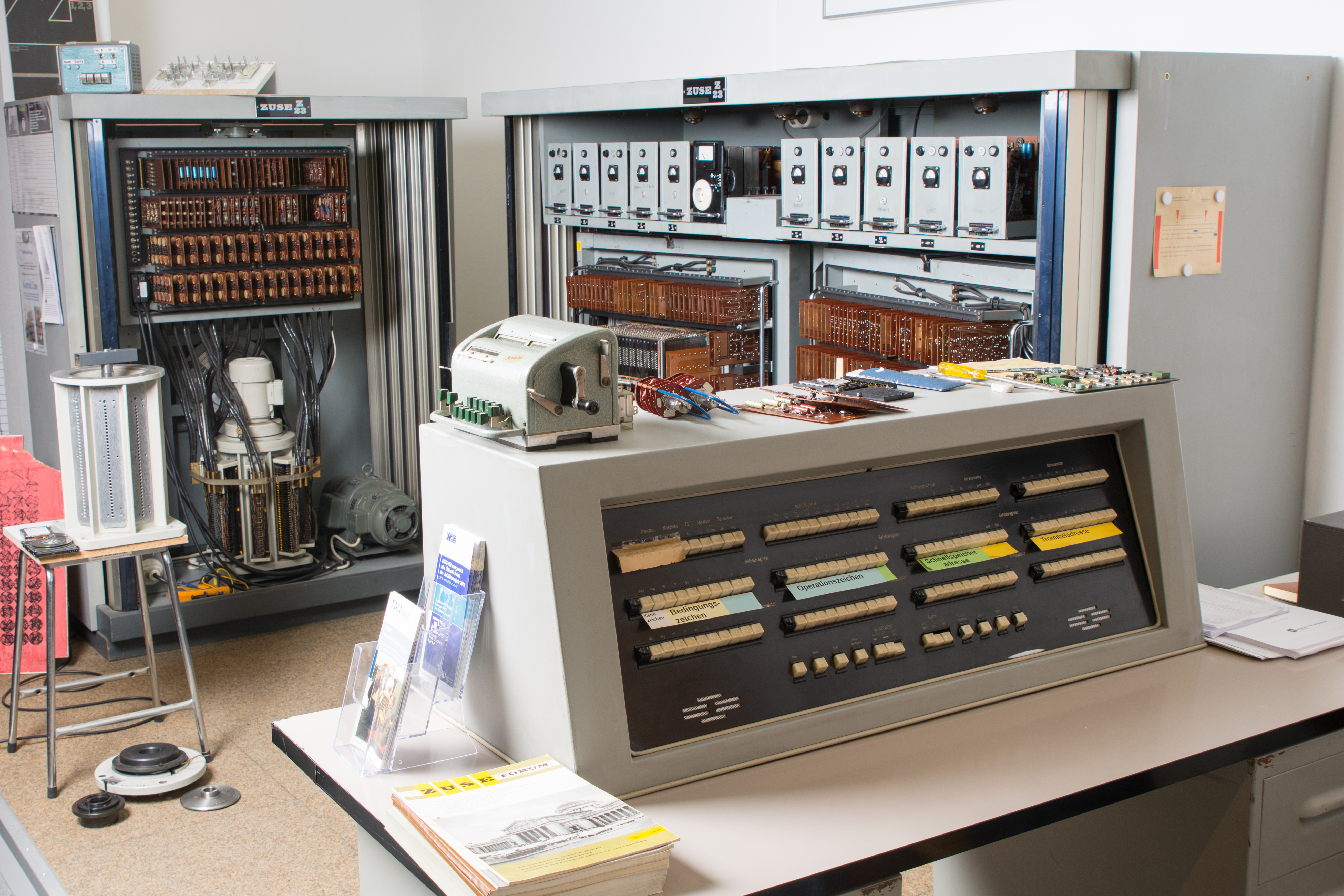Calculation aids
This is it, the first stop. The beginning of computing. Why did people begin building calculation machines in the first place, you might ask? Well, mostly they were just a bit lazy really. Here’s the oldest example we have – though not an original. It’s a cast of a Roman abacus, dating back to around 300 B.C. As you can see, it’s made of bronze. The little beads are counters, which you can use to make calculations using Roman numerals.
Moving on, here we have a reconstructed tally counter from the middle ages. In fact, this is where our phrase “tally up” comes from. A tally is both a counting aid and a way to keep tabs on something. Imagine I’m at an inn, ordering a beer. I don’t have any money with me, so the innkeeper adds it to my tab on the tally board. So this was carved in? Exactly. You can see the notches right here – nine of them in all. So that’s nine beers tracked right there on the tally board.
If you look down to this green one here, that’s medieval as well. It’s known as reckoning by the lines, as described in a book by Adam Riese. Riese was an instructor in mathematics at the University of Nuremberg, which was in Altdorf at that time. In his book, Riese explained how to make calculations based on the lines of a calculating board, comparing it to calculations with Arabic numerals. This was actually a huge problem for the fervent cleric. After all, numeric calculation is an Arabic, non-Christian invention. And that makes it a bad thing. Sounds familiar, doesn’t it? Can you explain how it works?
It’s just adding and subtracting together really. An arithmetic aid. It’s good if you know how to do it, but it’s a lot more practical using numbers.

